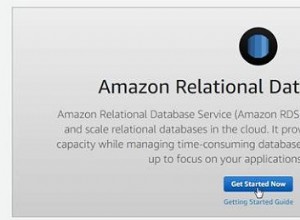Następnym razem użyj pojedynczej instrukcji „alter table”, aby zaktualizować klucz podstawowy.
alter table xx drop primary key, add primary key(k1, k2, k3);
Aby naprawić rzeczy:
create table fixit (user_2, user_1, type, timestamp, n, primary key( user_2, user_1, type) );
lock table fixit write, user_interactions u write, user_interactions write;
insert into fixit
select user_2, user_1, type, max(timestamp), count(*) n from user_interactions u
group by user_2, user_1, type
having n > 1;
delete u from user_interactions u, fixit
where fixit.user_2 = u.user_2
and fixit.user_1 = u.user_1
and fixit.type = u.type
and fixit.timestamp != u.timestamp;
alter table user_interactions add primary key (user_2, user_1, type );
unlock tables;
Blokada powinna zatrzymać dalsze aktualizacje, gdy to robisz. Jak długo to potrwa, zależy oczywiście od wielkości twojego stołu.
Główny problem polega na tym, że masz kilka duplikatów z tym samym znacznikiem czasu.




